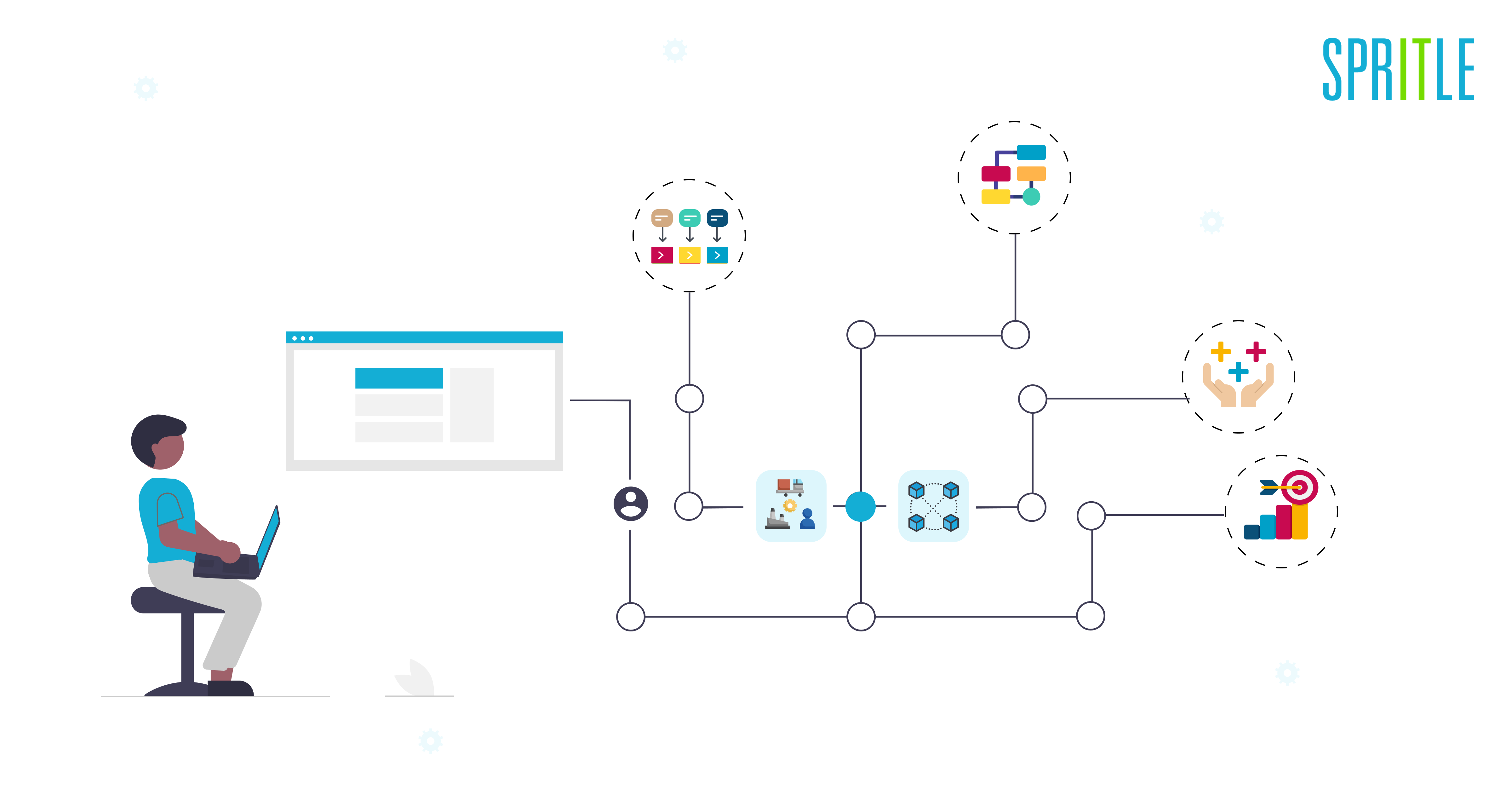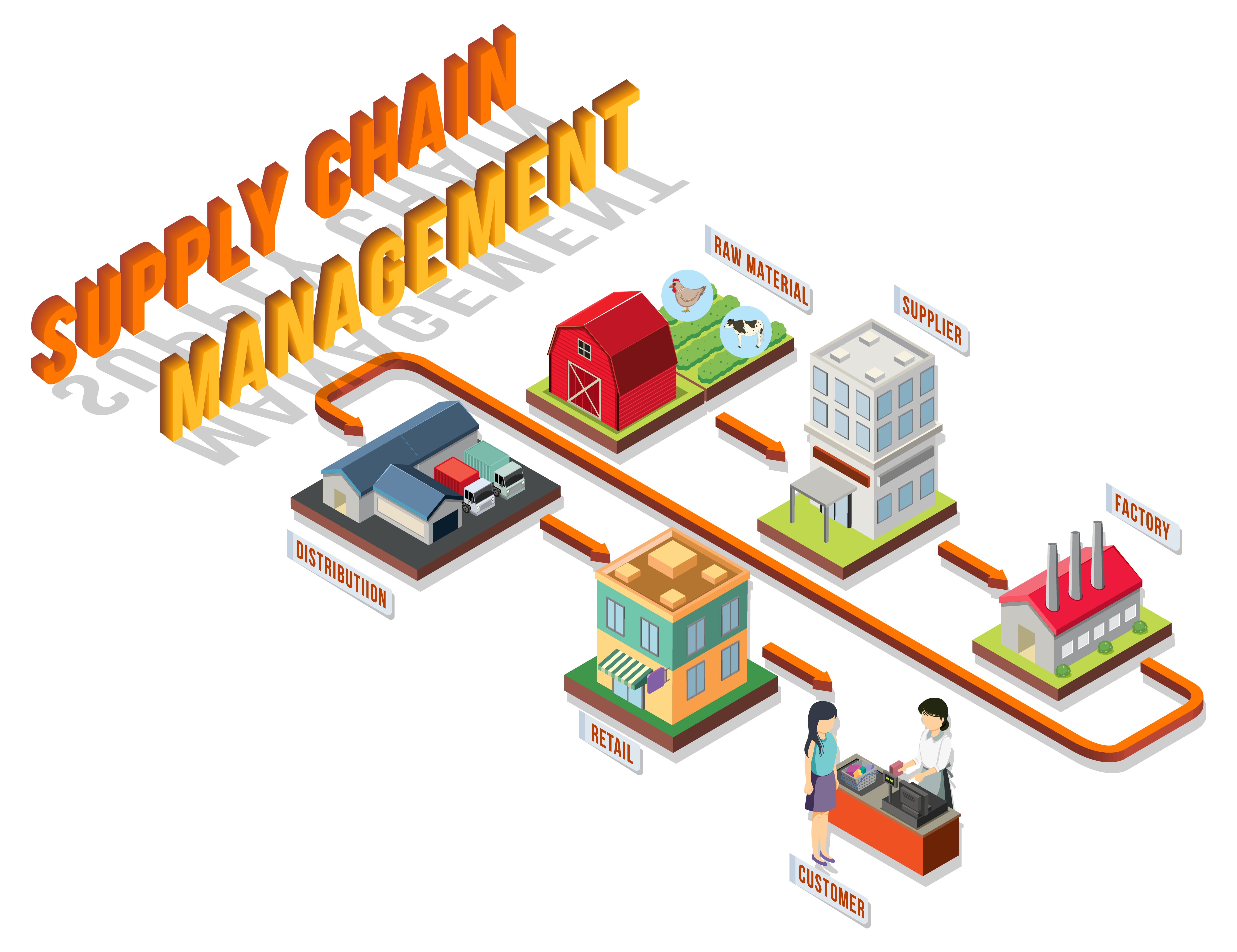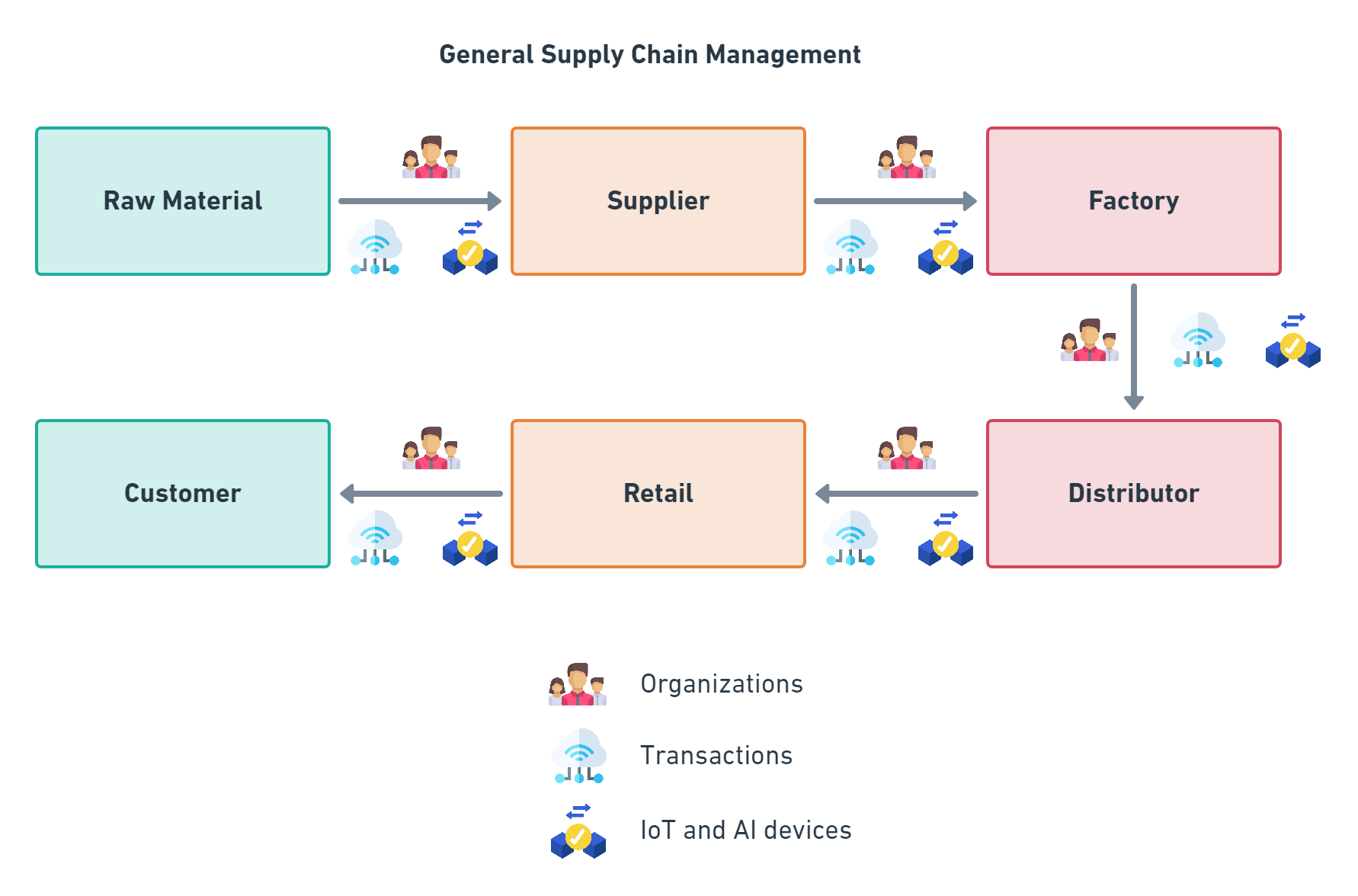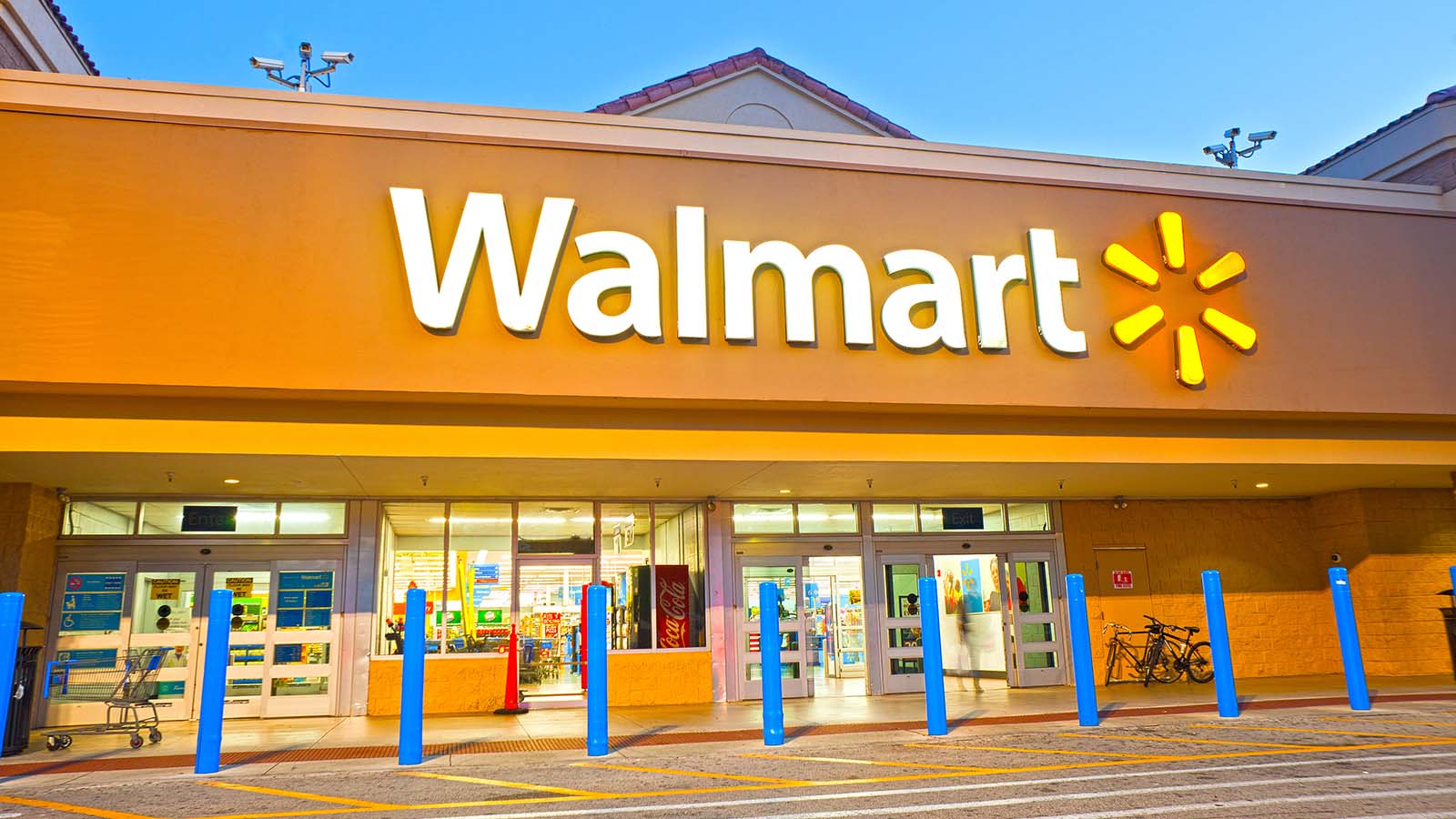
Hey Everyone! Have you ever wondered where a product that you purchase from a store comes from? or when is it produced? or who produced it? or what type of process it has gone through?
Wait! I know you will go to the store and ask the above questions to the shopkeeper. Even the store owner is unaware of the entire supply chain a product goes through.
Some shop owners have started to monitor the supply chain of each product with the help of current (web2) technology. But do you think the data is secure and transparent to other suppliers too? Or do you think the consumer/ customer trusts the supply chain data shown by the shop owner? A big NO!
That’s where Blockchain plays a major role in Supply Chain Management. In this blog, you will get to know
- A brief introduction to Blockchain and Supply Chain Management
- Challenges faced in Supply Chain Management
- Benefits of Implementing Current (web2) technology in Supply Chain Management
- Benefits of Implementing Blockchain technology in Supply Chain Management
- Flow diagram representing the Supply Chain with the use of Blockchain Technology
- Use cases of Supply Chain Management using Blockchain Technology
- Conclusion
What is Blockchain Technology?
Blockchain is a shared, immutable ledger for recording transactions, tracking assets, and building trust – IBM
Blockchain technology is an advanced database mechanism that allows transparent information sharing within a business network. A blockchain database stores data in blocks that are linked together in a chain – AWS
There are mainly three features of blockchain technology
- Decentralization – Transferring command and decision-making from a centralized body to a dispersed network (person, organization, or group).
- Immutability – Once someone has added a transaction to the shared ledger, it cannot be changed by another participant.
- Consensus – Only until the majority of network users have approved, can new transactions be recorded.
To know more about Blockchain Technology, click this link.

What is Supply Chain Management?
Supply chain management is the management of the flow of goods and services and includes all processes that transform raw materials into final products. It entails the deliberate simplification of a company’s supply-side operations to optimize customer value and achieve a competitive edge in the market.
Developing a plan, locating raw materials, production, distribution, and returns are the five SCM components that are most important.
Companies may reduce unnecessary expenditures and expedite more effective delivery of goods to consumers by controlling the supply chain.
Types of flow in Supply Chain
- Physical flows – involve the transportation, movement, and storage of goods and materials.
- Information flows – involve the coordination between partners to control the day-to-day flow of goods & materials up and down the supply chain; it also involves long-term planning.

Challenges faced in Supply Chain Management –
- Transparency – Identification of organization and stakeholders
- Inefficiencies in systems – poor allocation of products to stores, fluctuating demand
- Traceability – Product recalls are expensive and inconvenient
Benefits of Implementing Current (web2) technology in Supply Chain Management –
- Trace the history of a product right from its point of origin to where it currently sits
- Reduce the time delays, added costs, and human error
- The reduction of intermediaries in the supply chain also reduces the risks of fraud
You may think, these problems can be solved with the help of current technology and why do we prefer blockchain? You will find the answer in the coming paragraph.
Benefits of Implementing Blockchain technology in Supply Chain Management –
In addition to the above benefits, the below points will give you extra advantages of using blockchain technology
- Blockchain technology allows companies to track all types of transactions more securely and transparently.
- Blockchain enables businesses to conduct transactions directly and without the involvement of a third party (Paypal, UPIs), increasing the efficiency of global supply chains.
- A shared blockchain ledger offers a reliable and unbreakable audit record of the information movement.
- A transparent supply chain may be created via the blockchain since entries on it cannot be deleted.

Flow diagram representing the Supply Chain with the use of Blockchain Technology

Use cases of Supply Chain Management Using Blockchain Technology –
(content ref: getsmarter.com)
- Walmart – Walmart Canada automated transactions and data points for more than 500,000 shipments annually using the DL Freight supply chain invoicing and payment platform, tracking them using GPS and IoT-enabled devices. This led to a 97 percent reduction in shipment inconsistencies.

- De Beers – The world’s largest diamond company, De Beers, employs blockchain technology to trace stones from the mine where they are discovered until they are sold to clients. The technology makes sure the business stays away from “conflict” diamonds and reassures its clients that they are purchasing the real thing.

We conduct technical sessions every month at Spritle which mainly focuses on Web3 and Blockchain Technologies and how Spritle has been & is contributing to it. As a part of the team, I took a session on the topic “Blockchain in Supply Chain”. Below is the link redirecting to the video glimpse of the session.

Conclusion
So everyone! Here in this blog post, I have tried to cover the most fundamental aspects of blockchain in supply chain management. Thank you so much for exploring one of the most effective applications of the blockchain domain with me. Looking forward to sharing my learnings in blockchain with you all through my blogs.
Until then, keep expecting the best from us!
